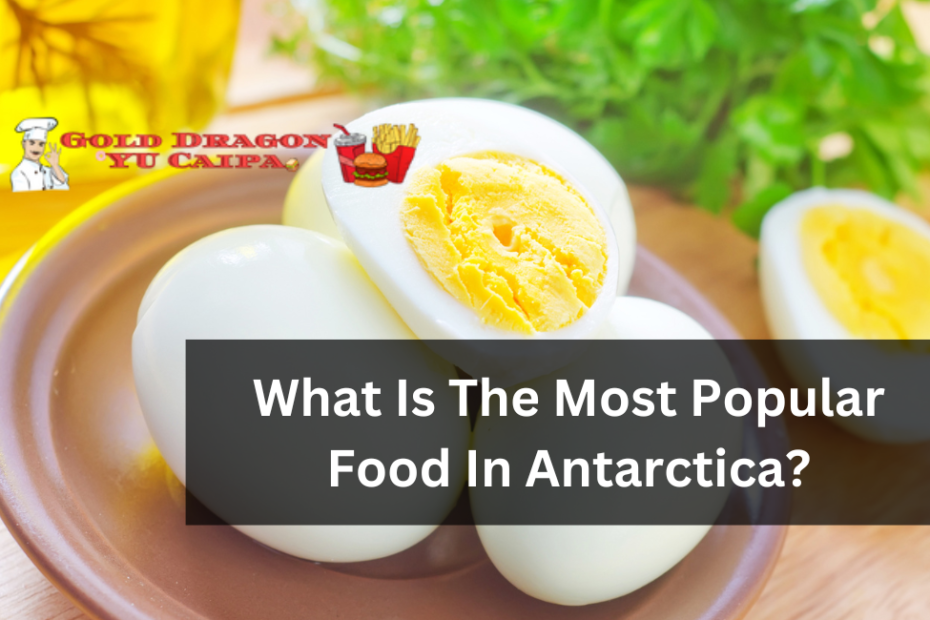When we consider Antarctica, we envision frigid landscapes and penguins. But have you ever wondered what foods are popular in this harsh climate? Despite its harsh environment, Antarctica has a distinct culinary culture that meets the requirements of its inhabitants. This article will explain what foods are most popular in Antarctica.
The Most Popular Food In Antarctica
Due to its extreme climate and absence of permanent human habitation, Antarctica does not have a “popular” food. Instead of focusing on culinary preferences, researchers and personnel there typically consume canned and refrigerated foods out of necessity. Here are the most popular foods in Antarctica.
1. The Antarctic Culinary Provocation
Challenges Of Food Sourcing
Obtaining sustenance in one of the world’s most remote and inhospitable regions is extremely difficult. Without its agricultural resources, Antarctica relies extensively on imports from distant nations. This results in storage and availability issues.
Needs for Nutrition in Extreme Conditions
Extreme conditions in Antarctica necessitate a high caloric intake to maintain energy levels and body heat. Therefore, the popular food options must be high in calories and nutrients to support the physical demands of the stationed researchers and personnel.
A Peek Into Daily Meals
The typical morning in Antarctica consists of hot oatmeal, eggs, and toast. Lunch may consist of hearty sandwiches or a warming soup, whereas supper provides an opportunity to decompress with pasta, roasted meats, and steamed vegetables.
2. Antarctica Specialties
Pemmican Is A High-Energy Food Source
Pemmican, a traditional sustenance of North American indigenous peoples, has made its way to Antarctica. This mixture of desiccated and ground meat, melted fat, and occasionally berries is a concentrated energy source. Researchers and explorers favor it for its ability to keep them comfortable and energized.
Preserved And Canned Foods
Due to the scarcity of fresh food, tinned and preserved foods play a crucial role in Antarctic diets. Canned fruits, vegetables, and meats provide diverse nutrients even during the long winter when fresh produce is scarce.
Hydroponically Cultivated Greens
In recent years, efforts have been made in Antarctica to establish hydroponic greenhouses. These controlled environments permit the cultivation of fresh greens, which provide a source of vitamins and nutrients to combat deficiencies caused by a lack of sunlight and fresh produce.
3. Influences Of Culture On Antarctic Cuisine
International Integration
Antarctica is home to an international community of researchers. This cultural diversity has resulted in an intriguing culinary fusion. Often, meals combine traditional dishes from various nations, adding a distinctive flavor to the dining experience.
Innovation with Limited Resources
Due to the absence of resources, cooking in Antarctica requires imagination. Chefs frequently must use whatever ingredients are available, resulting in inventive and resourceful dishes that startle and delight the palate.
4. Social Aspects Of Food
Community-Building Through Meals
In Antarctica’s isolating environment, meals become essential social gatherings. Sharing a meal fosters community and camaraderie among researchers and staff, providing a welcome respite from the arduous work environment.
Honoring Unique Occasions
Food plays a vital role in milestone and holiday celebrations. On the frozen continent, special meals are prepared for birthdays and festivals, lending a touch of normalcy and festivity to daily life.
